History at the Intersection of Personal Experience: Reflecting on 1,000 Uploads
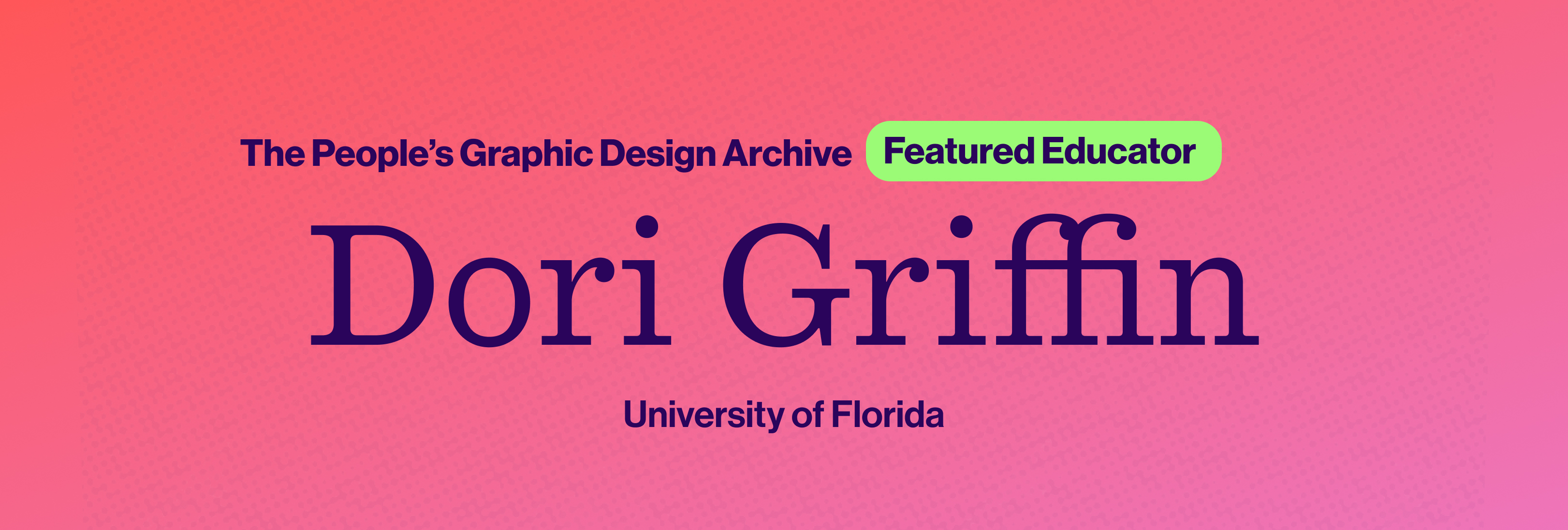
Design at the Intersection of History and Personal Interest
Dori Griffin believes that public-access archives are one essential to training design citizens for the future. At the University of Florida, she focuses—together with her students—on how we can expand the history of design to both show who we are as designers and what we are making. Her students collectively examine design history from a global and inclusive perspective, contributing what they know and discover together by researching stories relevant to their own personal interests. Griffin’s students always engage primary research as the principal investigator in a question, problem, or project brief partly or fully of their own creation.
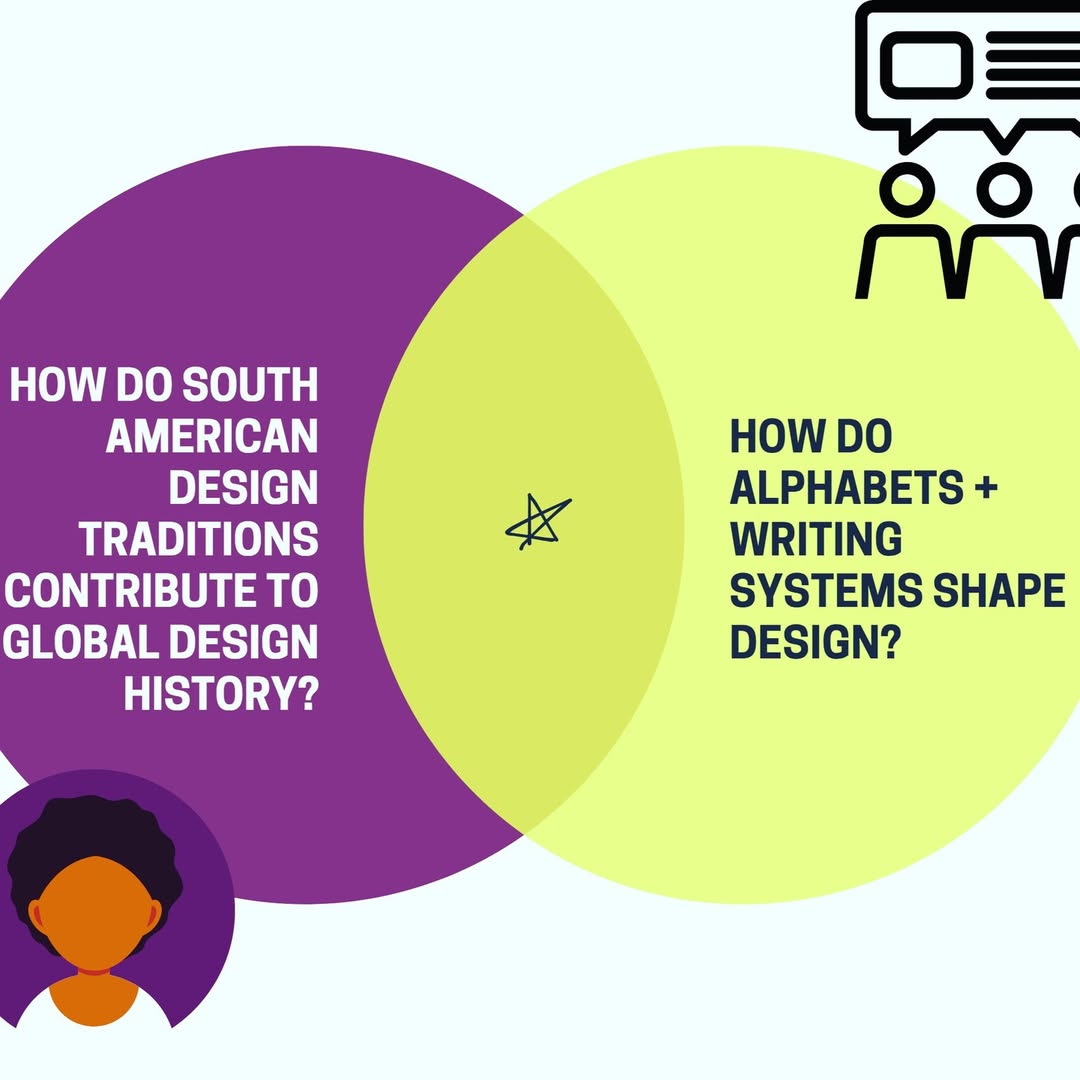
1,000 Contributions to PGDA
Griffin teaches students to find an original point of view through their research. Posing effective research questions is a critical part of how her students learn. Working under the user name UFxDesign, Griffin’s students have uploaded almost 1000 items to the Archive, (!!!) ranging from UF’s “The Orange Peel” student journal, Arabic Braille design, beer packaging from Peru, to Inclusive Graphics from Mexico. The range of topics shows the curiosity of Griffin’s students and the relevance of design across disciplines.
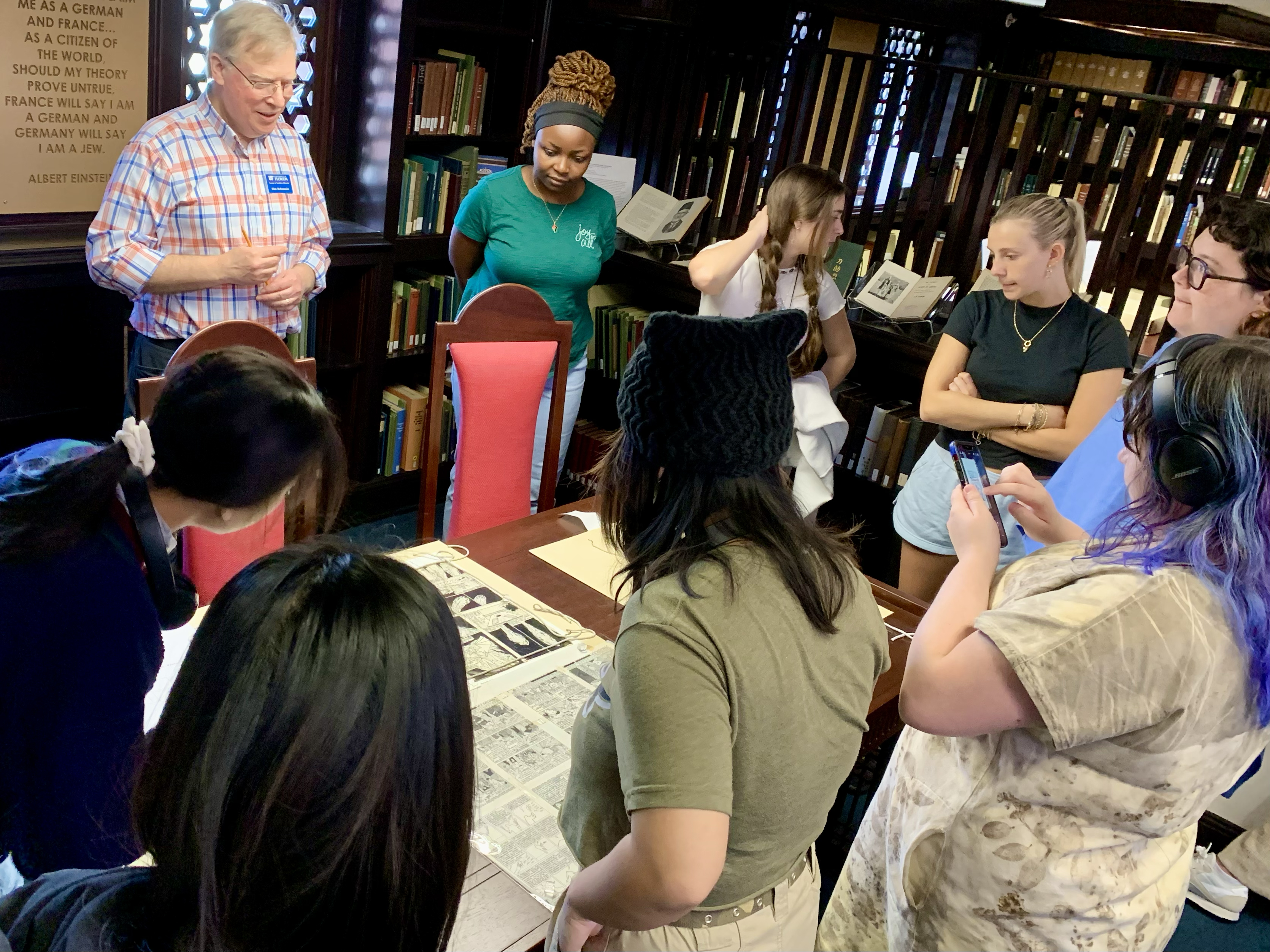
University of Florida students visiting local archives
Teaching through Archives
Griffin emphasized her longstanding curiosity about public access archives and their potential in design education. She sees archives as a crucial public-facing document—a collective record of people, objects, and systems that define the design discipline. Given the diffuse nature of design, archives help us embrace its diversity rather than forcing narrow specialization.
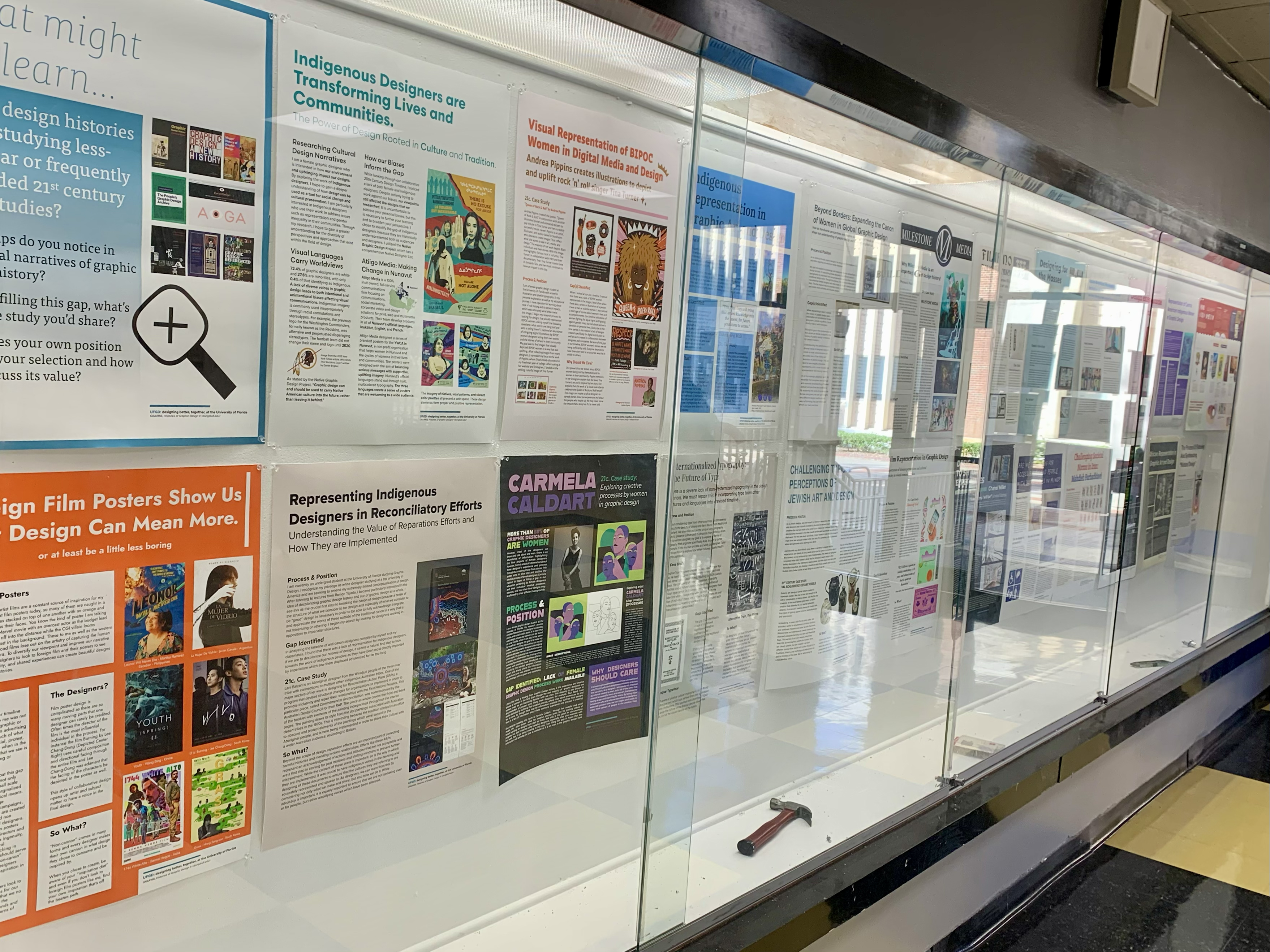
Posters on display that feature student research questions
Intersectional Research
Griffin asks students to identify a research focus—like South American Design traditions, Black Futures, or Persian Design—and find its intersection with the topics in the Design History syllabus. The resulting venn diagram becomes a vital research tool that leads to recuperative narratives that shift from Eurocentrism toward more inclusive, global perspectives in design history—where everyone contributes and learns together.
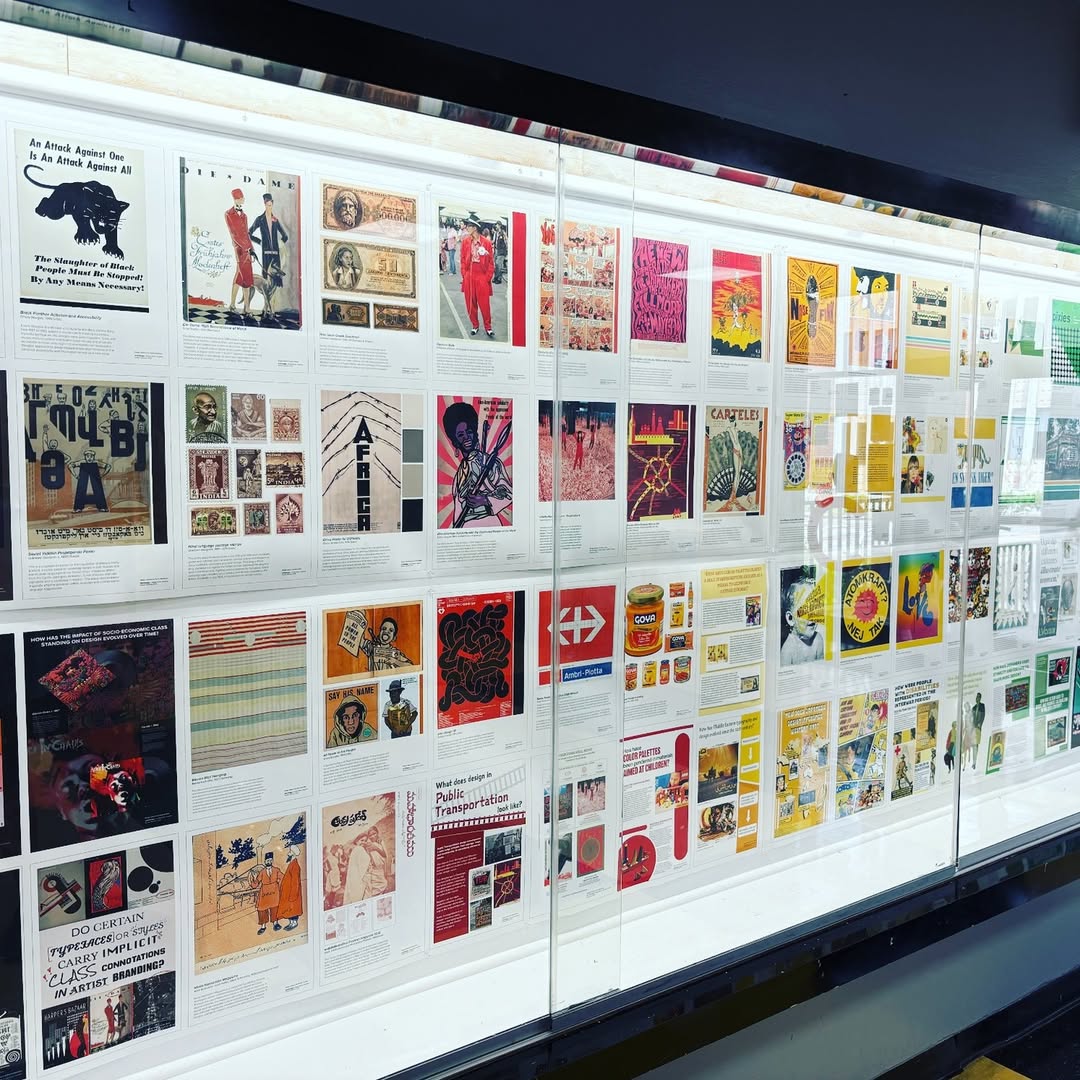
research by Black, Brown, Latino/a, African, Asian, Queer, trans, immigrant, autistic, Jewish, Arabic, female, disabled, first-generation, working-class, and hyphenated-American students in the form of semester-long research questions arranged by color, in a rainbow.
Using Archives as a Teaching Tool
Griffin offers the prompt: Locate and annotate an example of design that sits at the intersection of your personal research question and the week’s shared class question. This encourages original research and investment in their learning. In addition to sharing their research on The Archive, Griffin’s students have developed zines, public installations on the campus of UF, and presentations that visualize and disseminate their research.
Respectful Curiosity
Griffin writes that as designers, we almost always design with/for folks who are not “us.” She asks How can we be curious, generative, and respectful as we learn about our global neighbors?
“I encourage students to find resources that already exist—so many people and communities have documented their own experiences and histories online. These documents may be film, blogs, fan art, newspapers or other forms of media that we don’t usually consider design. By taking these visual records seriously, we can start to understand contexts that are unfamiliar to us. Next, we ask questions, always trying to encounter people and artifacts on their own terms. ‘How does this compare to design in Western Europe and North America?’ isn’t respectful or even useful. ‘What can we learn from this? How is this artifact designed? What needs does it meet, and for whom?’ These are useful questions, and by asking them as we consider the artifact, we can learn more.
Finally, if it’s possible and once the foundational research is accomplished, I encourage students to contact the designer if they have more questions. ‘I learned/enjoyed [x] from your work and I’m curious about [x]. Can you tell me more?’ Every week, several students report back to the class on their PGDA post, sharing their process and contextualizing the outcome in relationship to our class discussions and goals. So this knowledge gets shared in our community. By engaging this process, I’m hoping to model respectful curiosity about others’ histories. We can’t be curious only about our own context. As designers, we must engage with the world around us, and students need to learn how to do this with integrity and respect.”
Student Research: Black Futures
Inspired by a talk from Dori Tunstall at Cooper Hewitt, a student researched Black futures and found many publications that offer continuity with the past and the future. View a part of this student’s research about the ABCs of Great Negroes by Charles Dawson, 1933.
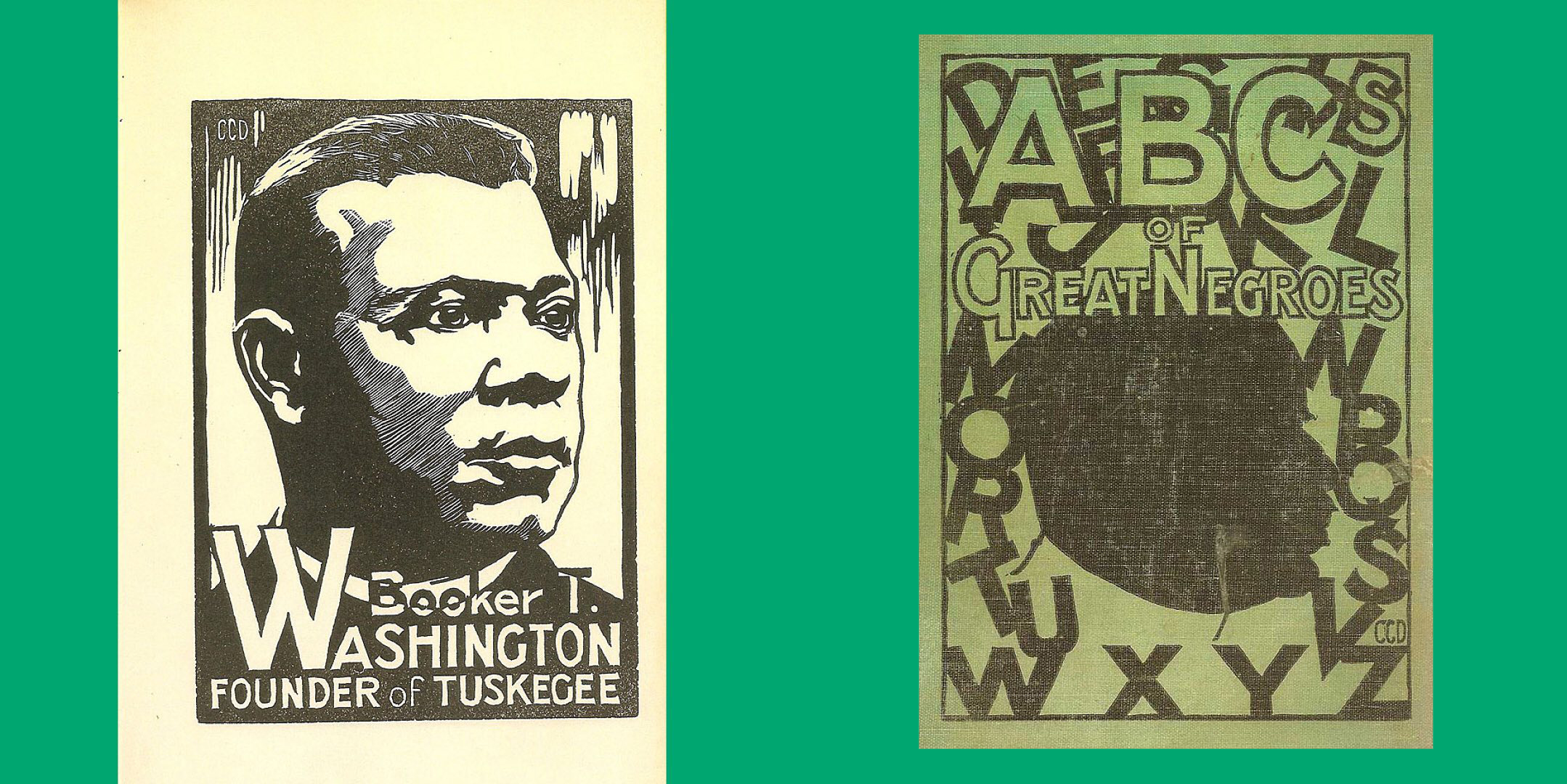
ABCs of Great Negroes, designed by Charles Dawson, 1933
Student Research: Local History in Florida
One student was interesting in learning about the long history of their local community and looked for design artifacts from Florida, including this 16th century engraved plate chronicling the explorations of the Americas by Europeans from an Indigenous perspective.
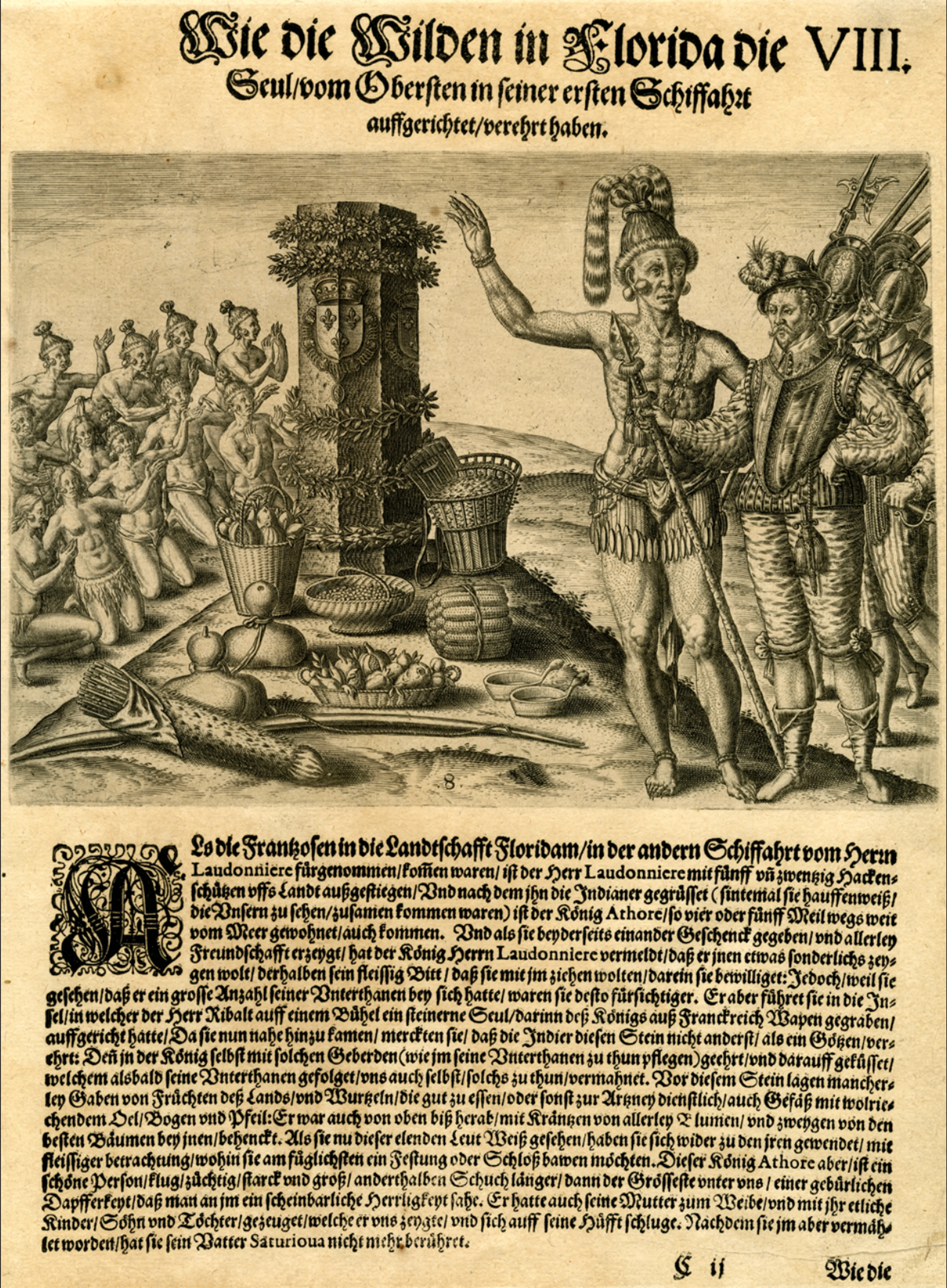
engraving, Indigenous Timucua of Florida experience French attempt to establish settlement in present-day Jacksonville, 1591
Student Research: Iranian design histories
Another student was curious about Persian design history and found that many metadata practices limited items that are outside of traditional graphic design media or canonical approaches because concepts like “designer” might not apply. This Persian rug is an excellent example of graphic illustration that warrants attention.
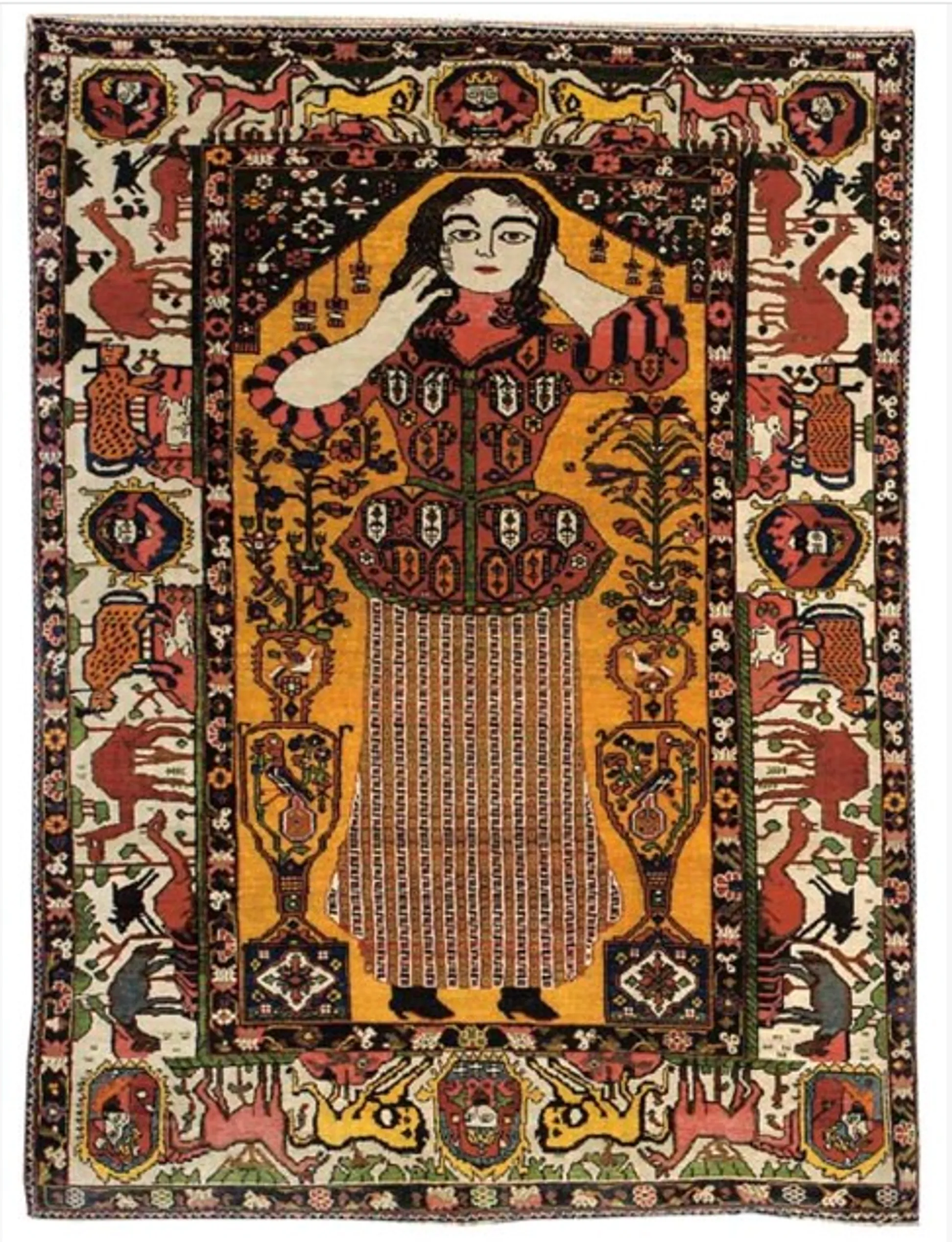
Persian pictorial rug, c. 1910
About Dori Griffin
Dr. Dori Griffin is an Associate Professor University of Florida School of Art + Art History where she was recently recognized as one of the UFRF Professors of 2025. She is the author of Type Specimens (Bloomsbury, 2021) and Mapping Wonderlands: Illustrated Cartography of Arizona, 1912 to 1962 (University of Arizona Press, 2013). She is a designer, writer, and research who investigates visual narratives in popular print media, revealing how design contributes to place-based histories, culturally specific identities, and networked systems of visual exchange. Her work explores teaching the complex global contexts of graphic design practice in the studio and the design history classroom at all levels of university education.